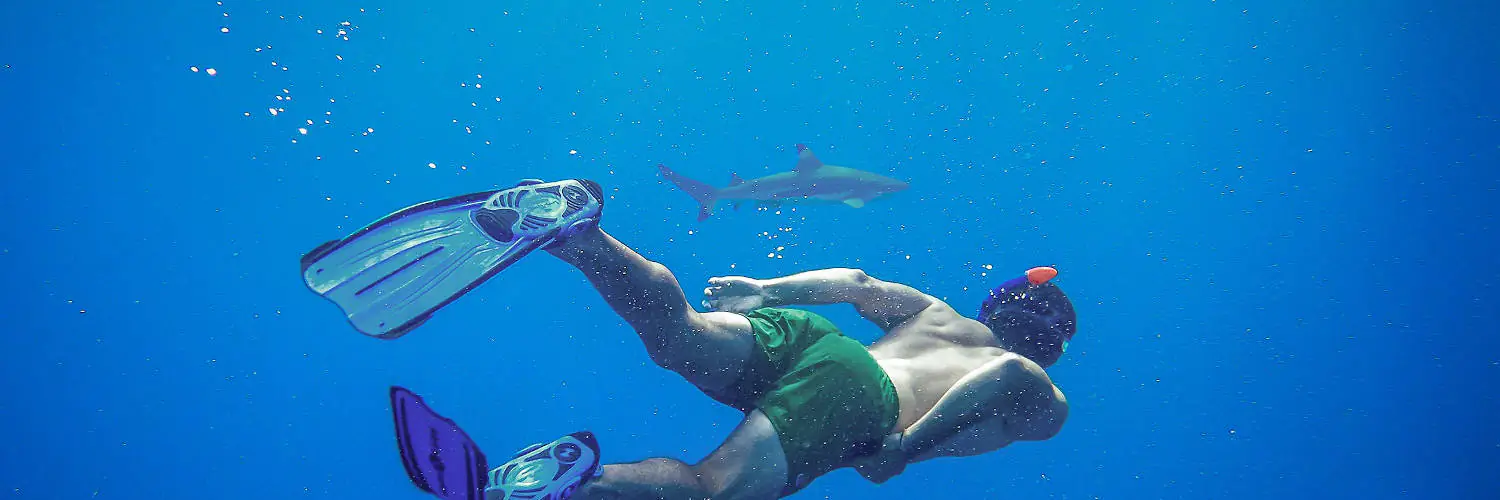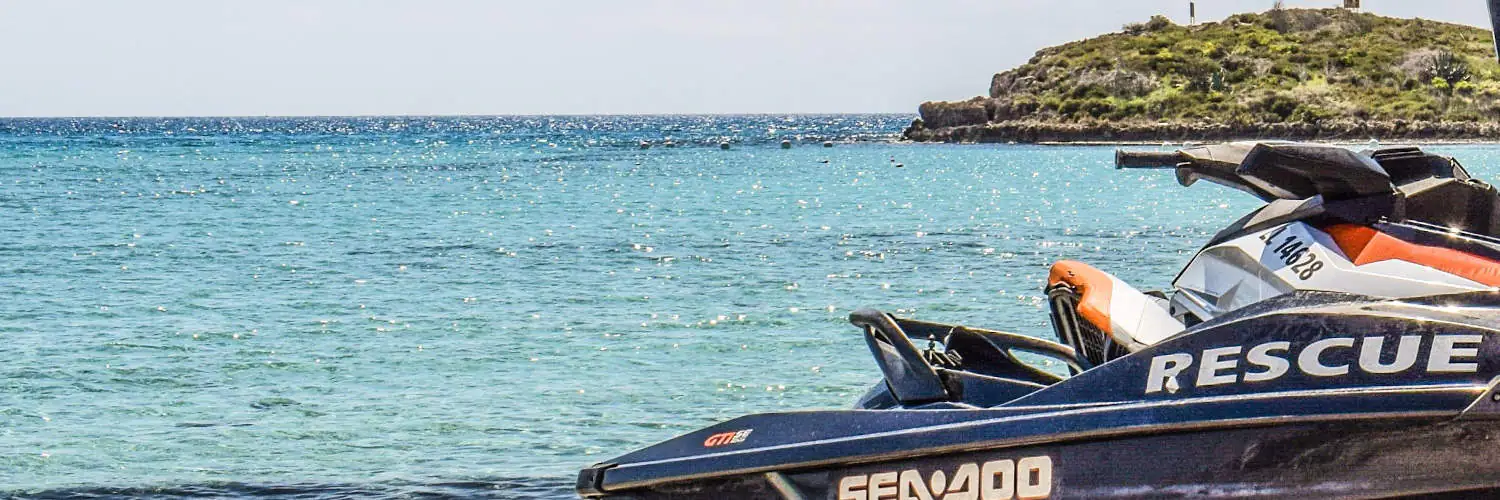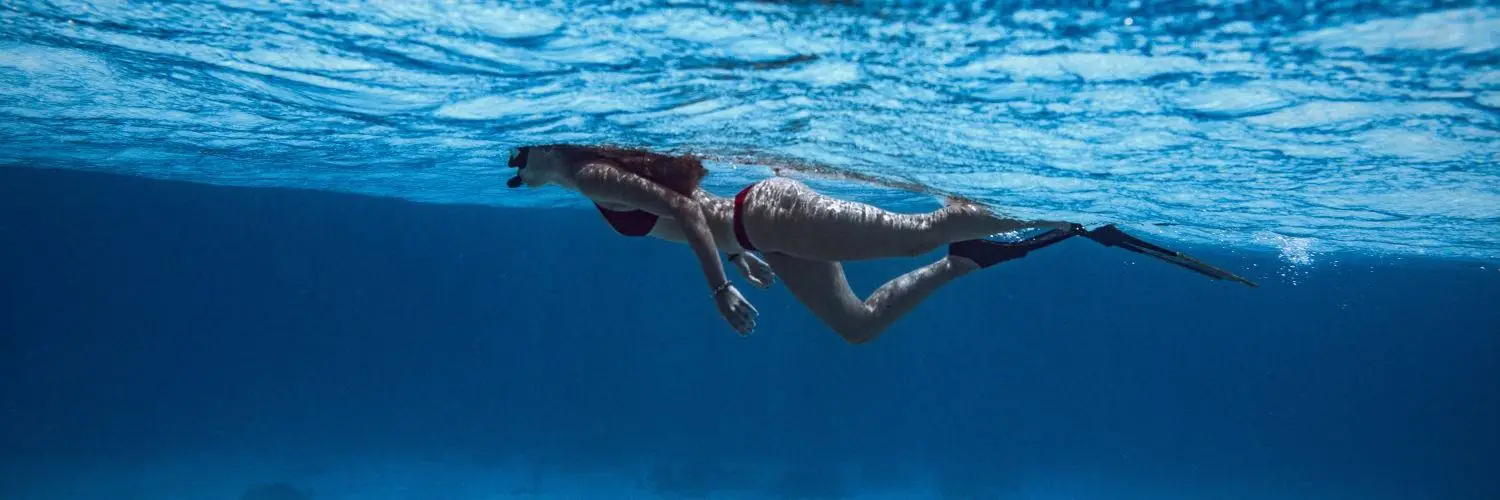Snorkeling stands out as a compelling form of exercise that marries the thrill of exploring marine environments with the benefits of physical activity. Often perceived merely as a leisurely vacation pastime, it actually offers a considerable workout that engages the entire body. As participants glide through the water observing aquatic life, they inadvertently work out various muscle groups. The legs and core are particularly engaged as they maintain buoyancy and navigate currents, translating into a low-impact exercise that is suitable for a wide range of fitness levels.
The health benefits of snorkeling extend beyond muscle toning and strength-building, greatly impacting overall fitness. The act of swimming coupled with controlled breathing through a snorkel elevates heart rate, enhancing cardiovascular health. Regular snorkeling can increase lung capacity and improve the efficiency of the circulatory system. As such, not only does it contribute to physical fortitude, but it also plays a role in reducing the risk of heart disease and related conditions.
Moreover, snorkeling has favorable implications for mental health. The focus required for breathing technique and the serene underwater scenery are known to reduce stress and anxiety. This tranquil aquatic experience triggers the release of endorphins, the body’s natural feel-good chemicals, promoting mental well-being alongside physical fitness. Therefore, snorkeling is not only a unique way to exercise but also a holistic approach to health that rewards both the body and mind.
Table of Contents
Essentials of Snorkeling as Exercise
Snorkeling is not only an enjoyable water activity but also an effective low-impact exercise that benefits the whole body. It combines cardiovascular training with strength conditioning in an aquatic environment.
Understanding Snorkeling
Snorkeling is a swimming-based activity that allows individuals to observe underwater life for extended periods with relatively little effort. The practice is a unique form of exercise that engages the entire body. Snorkeling increases the heart rate, promoting cardiovascular health, and offers muscle strengthening benefits due to the resistance of moving through water.
When engaging in snorkeling as a form of exercise, one can burn calories and might aid in weight management. The activity requires controlled breathing through a snorkel tube, which can increase lung capacity over time. The consistent movement through the sea or ocean water also enhances joint mobility and muscle strength, utilizing the natural resistance of water without the high impact of land-based activities.
Key Equipment
Proper gear is essential for snorkeling to ensure comfort, safety, and effectiveness as exercise. Here are the two primary pieces of equipment:
-
Mask: A well-fitted mask is crucial as it provides clear vision underwater and prevents water from entering the eyes. A mask should seal comfortably around the face, with a snug but not overly tight strap.
-
Fins: Fins add propulsion in the water, allowing the snorkeler to swim with less effort and achieve a more significant workout for the legs. They should fit comfortably and pair with an individual’s swimming ability, ranging from short and flexible to longer and more rigid designs.
This essential equipment not only enhances the safety and enjoyment of snorkeling but also maximizes its potential as an effective form of exercise. By employing the right gear, individuals ensure that their body can move effectively through the water, gaining the full benefits of the activity.
Physical Health Benefits
Snorkeling offers numerous physical health benefits, primarily enhancing cardiovascular health, building strength and flexibility, and aiding in weight management through calorie burning.
Cardiovascular Health
Snorkeling increases the heart rate, akin to other forms of aerobic exercise, promoting better cardio health. Engaging in this activity regularly can enhance one’s lung capacity and stamina due to the controlled breathing patterns required while swimming.
Strength and Flexibility
Through repeated motions against water resistance, snorkelers often see an improvement in muscle strength in arms, legs, and the core region. This natural form of resistance training also bolsters flexibility, as the activity encompasses a wide range of motion to maneuver in water.
Weight Management
Snorkeling is an effective exercise for burning calories, which can contribute to weight loss or maintenance. The amount of calories burnt varies based on intensity and duration, but the continuous movement required to swim and navigate provides a consistent calorie burn.
Mental and Emotional Well-being
Snorkeling is not only a physical activity but also promotes mental and emotional well-being, with benefits including stress and anxiety relief as well as various mental health rewards.
Stress and Anxiety Reduction
Engaging in snorkeling can lead to significant reductions in stress and anxiety. The rhythmic nature of breathing while snorkeling acts as a breathing exercise, similar to mindful meditation practices. This helps in calming the mind and reducing the presence of stress hormones. Additionally, the natural environment provides a serene backdrop that aids in relaxation and tranquility, further mitigating feelings of anxiety.
- Breathing technique: Diaphragmatic breathing during snorkeling
- Relaxation response: Activation of the body’s relaxation response through the surrounding calm environment
Mental Health Rewards
Snorkeling offers multiple mental health rewards. It stimulates the release of endorphins, which are natural mood lifters, thus enhancing mental well-being and promoting an improved mood. The activity demands focused attention, which may distract from daily stressors, allowing individuals to experience increased mindfulness and presence. Regular participation in snorkeling can be a step toward long-term mental health benefits due to its combined physical and mental exercise aspects.
- Endorphins: Natural mood enhancers released during physical activity
- Mindfulness: Enhanced through the immersive experience of underwater exploration
Techniques and Skills
Mastering certain techniques and skills in snorkeling can significantly enhance the experience by improving efficiency and safety in the water. A snorkeler’s breathing, buoyancy and balance, and movements in water are fundamental aspects that should be addressed with specific practices.
Breathing
Proper breathing is essential in snorkeling both for relaxation and efficient oxygen consumption. The snorkeler should focus on deep and slow breaths through the snorkel, which facilitates a steady heart rate and conserves energy. Coordination between breathing and swimming movements also contributes to improved stamina.
Buoyancy and Balance
Achieving neutral buoyancy allows the snorkeler to float effortlessly without expending unnecessary energy. One should master the art of adjusting their flotation device, if used, and maintaining a horizontal body position to streamline their shape in the water. This balance reduces drag and enhances the experience of observing marine life without disturbing the environment.
Movements in Water
Effective movements in snorkeling are characterized by steady, fluid motions that propel the snorkeler through the water with minimal effort. Here are key components:
- Swimming: Use a relaxed flutter kick originating from the hips to maintain forward motion. This emphasizes leg strength without tiring quickly.
- Arm Pulls: While not the primary means of propulsion in snorkeling, occasional gentle arm pulls can help in maneuvering.
- Coordination: Synchronize the movements of arms and legs to maintain steady propulsion and to navigate through the water with ease.
- Body Position: A straight and streamlined body position helps reduce resistance and conserve energy.
Through practicing these techniques, snorkelers will likely find they can enjoy longer sessions in the water with greater comfort and less fatigue.
Considerations for Diverse Groups
When engaging in snorkeling activities, individuals from varied demographics and with distinct physical conditions should be mindful of their unique needs and precautions.
Snorkeling for Different Age Groups
Children: Snorkeling can be a fun and educational activity for children, allowing them to explore marine life and learn about the environment. However, it’s crucial to ensure they are supervised by an adult and use properly fitting equipment. It’s also important that children understand how to signal if they’re uncomfortable or in need of assistance.
Seniors: For older individuals, snorkeling can offer low-impact exercise beneficial for maintaining joint flexibility. Those with age-related joint concerns, such as arthritis, should consult a health professional before starting and consider using flotation devices to alleviate pressure on joints during the activity.
Snorkeling with Physical Conditions
Joint Pain and Arthritis: Individuals experiencing joint pain or conditions like osteoarthritis or rheumatoid arthritis should opt for snorkel spots with easy water entry to minimize stress on the joints. Adequate warm-up and stretches before snorkeling can help prevent stiffness and discomfort.
Limited Mobility and Specific Conditions: Those with limited mobility or conditions such as ankylosing spondylitis should assess their range of motion and comfort levels in the water. They may require specialized gear or assistance from a snorkeling buddy to ensure a safe and enjoyable experience. Engaging in regular, gentle exercise can improve flexibility and may enhance their snorkeling experience.








